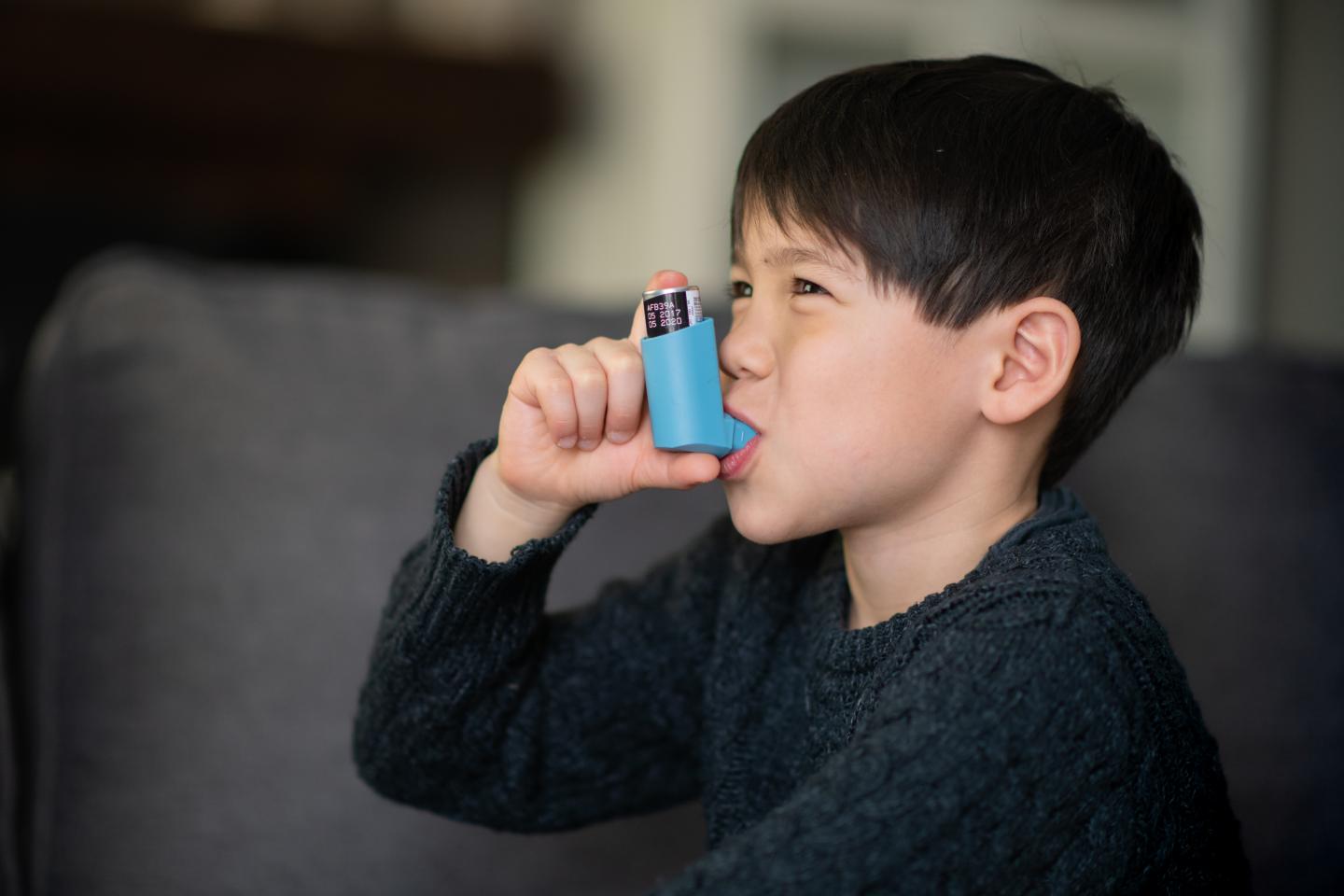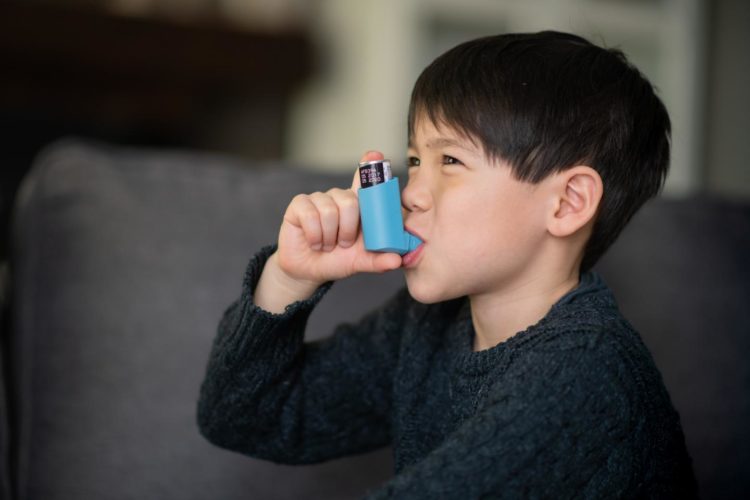Cutting allergen exposure could lead to healthier childhoods

Credit: Dell Medical School at The University of Texas at Austin
AUSTIN, Texas – Lowering exposure to allergens from mice may lead to improved lung growth for children with asthma living in low-income neighborhoods, helping them avoid lung ailments and possibly live longer, according to newly published research in The Journal of Allergy and Clinical Immunology. An allergen is any substance that can cause an allergic reaction.
“To our knowledge, this appears to be the first study to suggest that a sustained reduction in an indoor allergen – in this case a pest allergen, mouse allergen – may lead to improved lung growth among children with asthma living in low-income neighborhoods,” said Elizabeth Matsui, M.D., MHS, director of clinical and translational research and a professor in the departments of Population Health and Pediatrics at Dell Medical School at The University of Texas at Austin.
Asthmatic children who reside in low-income neighborhoods often live amid mouse-allergen-laden dust caused by unaddressed rodent infestations. Matsui’s research team tracked 350 low-income, mostly minority children ages five to 17 for a year and found a strong association between mouse allergen exposure and lung function growth.
Lung Function Can Affect Lifespan
“This study has important implications for children with asthma living in homes that are in poor physical condition, which promotes mouse infestation and similar problems with other pests, such as cockroaches,” she said. “It suggests that these exposures could cause ongoing lung damage, putting them at greater risk of decreased lung health in adulthood.”
Lower lung function among adults is a risk factor for COPD (chronic obstructive pulmonary disease) and a shorter lifespan, so it’s possible that this exposure has implications for longevity, though this was not a finding from the current study, Matsui added.
The study suggests reducing indoor allergen exposure “could produce long-term lung function growth benefits in children similar to benefits seen from improvements in air pollution.”
For households affected with mouse allergens, Matsui recommends:
- Setting traps
- Inspecting for and sealing cracks or holes in walls
- Carefully cleaning eating areas
- Storing food in chew-proof, sealed containers
- Washing bed linens in hot water every two weeks
- Using allergen-proof mattresses and pillow cases
All children involved in the study tested positive beforehand for mouse allergy, had high levels of mouse allergens in their homes, and had experienced uncontrolled asthma leading to an emergency room or urgent care visit, overnight hospital stay or oral steroid burst treatment during the previous 12 months. In some low-income neighborhoods, as many as half of children with uncontrolled asthma are allergic to mice and have high levels of mouse allergens in their homes.
Researchers performed pre- and postbronchodilator spirometry at the beginning of the study and at six and 12 months to assess improvement in asthma patients. Mouse allergens in the home were measured every three months.
Follow-Up Studies
Matsui outlined several areas where follow-up studies could build on this research and its findings. One is to track these 350 children, who were living in Baltimore and Boston between December 2010 and August 2014, into adulthood and see whether the study findings hold. Another is to see whether the findings apply to other allergens from sources such as cockroaches, pets, dust mites, mold and pollutants such as secondhand smoke. A third study idea is to test and assess various ways to sustainably reduce mouse allergen exposure.
More broadly, future research should focus on the population health implications of poor housing conditions. “What are the long-term population effects of living in poor housing conditions that promote pest infestations on lung health?” Matsui asked. “And if there are long-term population effects, as suggested by this study, what are effective strategies for mitigating these effects?”
###
Funding for this study was provided by the National Institutes of Health.
Media Contact
Shahreen Abedin
[email protected]
512-495-5062





